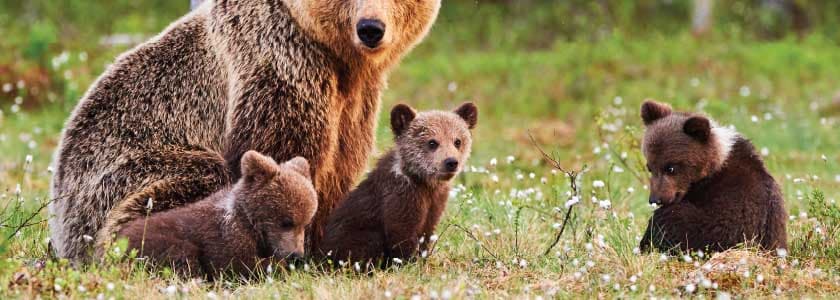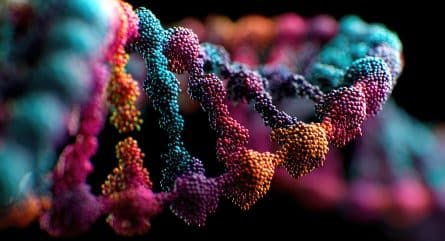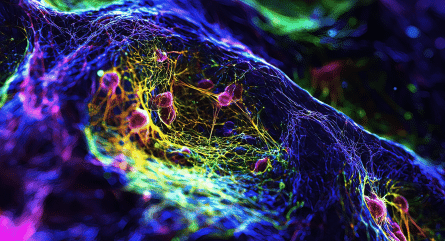New DNA-based techniques are helping scientists in North America monitor one of the continent’s most fearsome animals: the grizzly bear.
There are about 25,000 grizzlies in Canada and 32,500 in the United States, though all but about 2,000 of the U.S. population is in Alaska.
Ursus arctos horribilis can live up to its name. Adult males can easily tip the scales at 800 pounds, have four-inch long claws, and can consume 90 pounds of food a day in a late-summer feeding frenzy called hyperphagia. Attacks against humans are usually ugly.
The recovery of the grizzly in the Lower 48 has been a resounding conservation success story. In Montana, there were fewer than 200 grizzlies in the wild in 1975 when the species was listed as endangered; today, there are more than 1,000. Habitat has been expanding in recent years, with bears moving out of their redoubts in the Greater Yellowstone Ecosystem and the Glacier-Bob Marshall-northwest Montana ecosystems into the plains of Montana, northern Idaho, small sections of Washington, and now into the massive Selway-Bitterroot Wilderness Area.
Tracking grizzly bear movements is critical both to the bears’ survival and the safety of humans. But relying on sightings alone is problematic. Some black bears are brown, for example, and some brown bears are small. Trapping bears is stressful for the animals and hard work for people. That’s where DNA comes in.
Organizations like the National Park Service are actively engaged in genetic research on grizzlies to help ensure stable populations.
DNA studies began in the 1990s. Typically, projects involve the use of a bait, such as road kill, to attract bears, and a hair snag, such as a lightly barbed wire, that the grizzly brushes against on the way to the bait. That snag needs to only capture a hair to provide researchers with enough DNA to do their jobs.
“Just like humans, each bear has unique DNA,” the park service notes. “Biologists can collect DNA samples from hair and scat and use this DNA to estimate bear population size and the genetic diversity of bear populations. Samples can be collected at natural ‘bear rub’ sites or at hair traps established by researchers.
Here and here are examples of hair traps.
One study of genetic diversity in Montana showed rapid increases between 2004 and 2012; researchers used the information to create a family tree for the bears and found that young bears in the Glacier region were slowly migrating south.
DNA sampling to learn about grizzly bears also takes place in Canada. Research there found that “Alberta bears” regularly travel through Montana and British Columbia and that population numbers are increasing at around 4% per year.
“Traditional DNA population estimates produce only a snapshot of population size, and provide no information on how bear populations are changing between years,” the Alberta study team noted. “By collecting hair samples multiple times per year as well as over a longer time period, we will be able to track relative changes in bear populations, densities, and distributions.”
While vibrant, the grizzly population in the Greater Yellowstone Ecosystem—a sprawl of high country centered around Yellowstone National Park in Wyoming but also encompassing the Gallatin, Beartooth, Teton, and Wind River mountain ranges in adjacent parts of Idaho, Wyoming, and Montana—is genetically cut off from the Glacier-Bob Marshall population and by extension the Canadian populations to the north. Separating the two zones is a chain of mountains which provide marginal, though possible, grizzly habitat—protected wilderness interspersed with ranches, small towns, and highways, and plenty of chicken coops and unattended bowls of dog food to land curious bears in trouble. An early study estimated that as few as two bears per generation migrating between the two areas would be enough to maintain genetic continuity.
“A mingling of the separate populations would go a long way toward bolstering the genetics of the isolated Yellowstone grizzlies,” noted The Seattle Times. “A genetic lifeline from Glacier bears, which are also related to the grizzlies of Canada, will mean a good deal more diversity to help assure the bears’ future. It’s so important that researchers have talked about trucking grizzly bears from the north to add to the Yellowstone gene pool.”
Studying grizzly genetics and genetic isolation can lead to some surprising discoveries. One study found that some male grizzlies were single-handedly contributing to lower genetic diversity through their dynamic reproductive habits: dominant individuals can have more than 100 descendants.
“This demonstrates that individuals can have immense impacts on patterns in genetic variation across expansive landscapes, resulting in highly ephemeral patterns in genetic diversity,” noted the U.S. Geological Survey. “Results indicate that the effective population size of Yellowstone grizzly bears, or the number of individuals that contribute offspring to the next generation, has increased 4-fold over a 25-year period. This provides evidence that Yellowstone grizzly bears are approaching the effective size necessary for long-term genetic viability.”

























